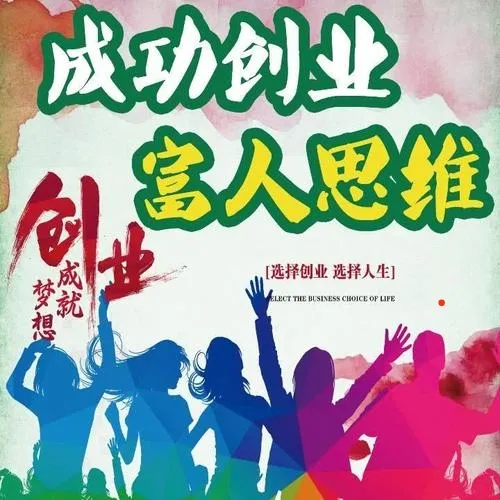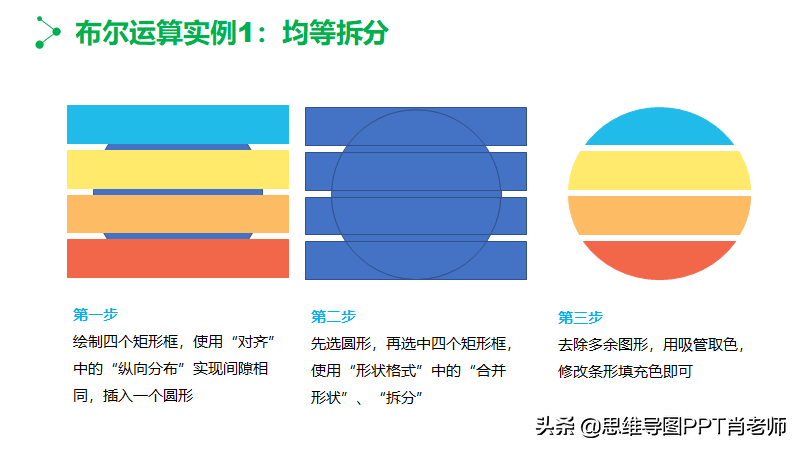一、介绍国家的英文ppt
中国
【内容提示】
请用英语写一篇文章,简要介绍中国的概况。内容要点如下:
①中华人民共和国是一个有中国特色的社会主义国家。它是一个发展中国家。
②中国位于亚洲的东部,有许多邻国。北面和东北面有蒙古,俄罗斯和朝鲜;南面有越南、老挝、泰国和菲律宾;西面和西南面有缅甸、印度、尼泊尔、不丹和巴基斯坦;东面有日本,与中国隔海相望。
③中国幅员辽阔,有九百六十万平方千米。
④它有34个省、直辖市和自治区。首都是北京,位于华北。
⑤中国是世界上最大的国家之一。现在,它有12多亿人口,占世界人口的四分之一。
【作文示范】
China
The People's Republic of China is a socialism country with its own characteristics. It is one of the developing countries.
China lies in the east of Asia. It has a number of neighboring countries. To the north, northeast and northwest are the Mongolia, Russia and Korea. To the south are Vietnam, Laos, Thailand and the Philippine. To the west and southwest are India, Burma, Bhutan, Nepal and Pakistan. To the east is Japan, which faces China across the East China Sea.
China is a country with a vast territory①. It has an area of over 9,600,000 square kilometers. It consists of 34 provinces, autonomous regions②, and municipalities directly under the Central Covernment③. Beijing, which is situated in the North China, is its capital.
The People's Republic of China is one of the largest countries in the world. Now it has a population of more than 1.2 billion, making up a quarter of the world population.
【词语解释】
①territory['terit+ri]n.领土
②autonomous region[&:'t&n+m+s 'ri:DN+n]自治区
③municipality[mju:?nisi'p$l+ti]n.市;自治城市;municipalities directly under the Central Government 直辖市
【写法指要】
1)介绍一个国家的情况可以从多方面展开。本文介绍的是中国的概况,即它的性质、地理位置、周围的邻邦、领土大小、行政区划、人口多少等。这类文章也可以介绍一个国家的历史、文化、民族等情况。
2)介绍国家、城市、村镇等时经常用到下列单词、短语和句型:
①lie, stand, sit, be, be situated, be located, to the north (south, east, etc) is…, … lies to…
②have a population of, Its population is…, The population of … is…, have a large ( small ) population
③The country has an erea of … square kilometers. It is a country with a… territory of…, …Province lies in the north (south, southeast, etc. ).
二、求风景名胜的英语ppt介绍
桂林英语导游词
Guilin is a city in China, situated in the northeast of the Guangxi Zhuang Autonomous Region on the west bank of the Li River. Its name means "forest of Sweet Osmanthus", owing to the large number of fragrant Sweet Osmanthus trees located in the city. The city has long been renowned for its unique scenery.
History
In 314 BC, a small settlement was established along the banks of the Li River.
In 111 BC, during the reign of Emperor Wu of the Han Dynasty, Shi An County was established, which could be regarded as the beginning of the city.
In 507 AD, the town was renamed Guizhou.
Guilin prospered in the Tang and Song dynasties but remained a county. The city was also a nexus between the central government and the southwest border, and it was where regular armies were placed to guard that border. Canals were built through the city so that food supplies could be directly transported from the food-productive Yangtze plain to the farthest southwestern point of the empire.
In 1921, Guilin became one of the headquarters of the Northern Expeditionary Army led by Dr. Sun Yat-sen.
In 1940, the city acquired its present name.
In 1981, this ancient city was listed by the State Council as one of the four cities (the other three being Beijing, Hangzhou and Suzhou) where the protection of historical and cultural heritage, as well as natural scenery, should be treated as a priority project.
The Jingjiang Princes City is a royal complex dating from the Ming Dynasty that lies near the center of modern Guilin. Other scenic spots around Guilin include: Seven Star Park, Seven-Star Cave and Ludi (Reed-Flute) Cave, Camel Mountain and Elephant Trunk Hill, Piled Festoon Hill, Crescent Hill, Fubo Hill, Nanxi Hill, Erlang Gorge, Huangbu (Yellow Cloth) Beach, Moon Hill, Longsheng Rice Terrace.
Guilin cuisine is known for its snacks and the use of spices, especially chili. The famous Guilin chili sauce, Guìlín làjiāojiàng (桂林辣椒酱), used widely in cooking by locals,[1] is made of fresh chili, garlic, and fermented soybeans, and is considered one of the city's Three Treasures (桂林三宝). The other two of the Three Treasures are Guilin Sanhua Jiu (桂林三花酒), a variety of rice baijiu, or liquor distilled from rice; and Guilin pickled tofu (桂林豆腐乳).
Guilin rice noodles (桂林米粉) have been the local breakfast staple since the Qin dynasty and are renowned for their delicate taste. Legend has it that when Qin troops suffering from diarrhea entered this region, a cook created the Guilin rice noodles for the army because they had trouble eating the local food. Specifically, the local specialty is noodles with horse meat, but this dish can also be ordered without the horse meat. Zongzi (粽子), a dumpling made from glutinous rice and mung bean paste wrapped in a bamboo or banana leaf) is another popular delicacy in Guilin.
我是第一个回答你问题的人,不会有抄袭现象的,请放心.
我是一名英语老师,请放心使用.
















